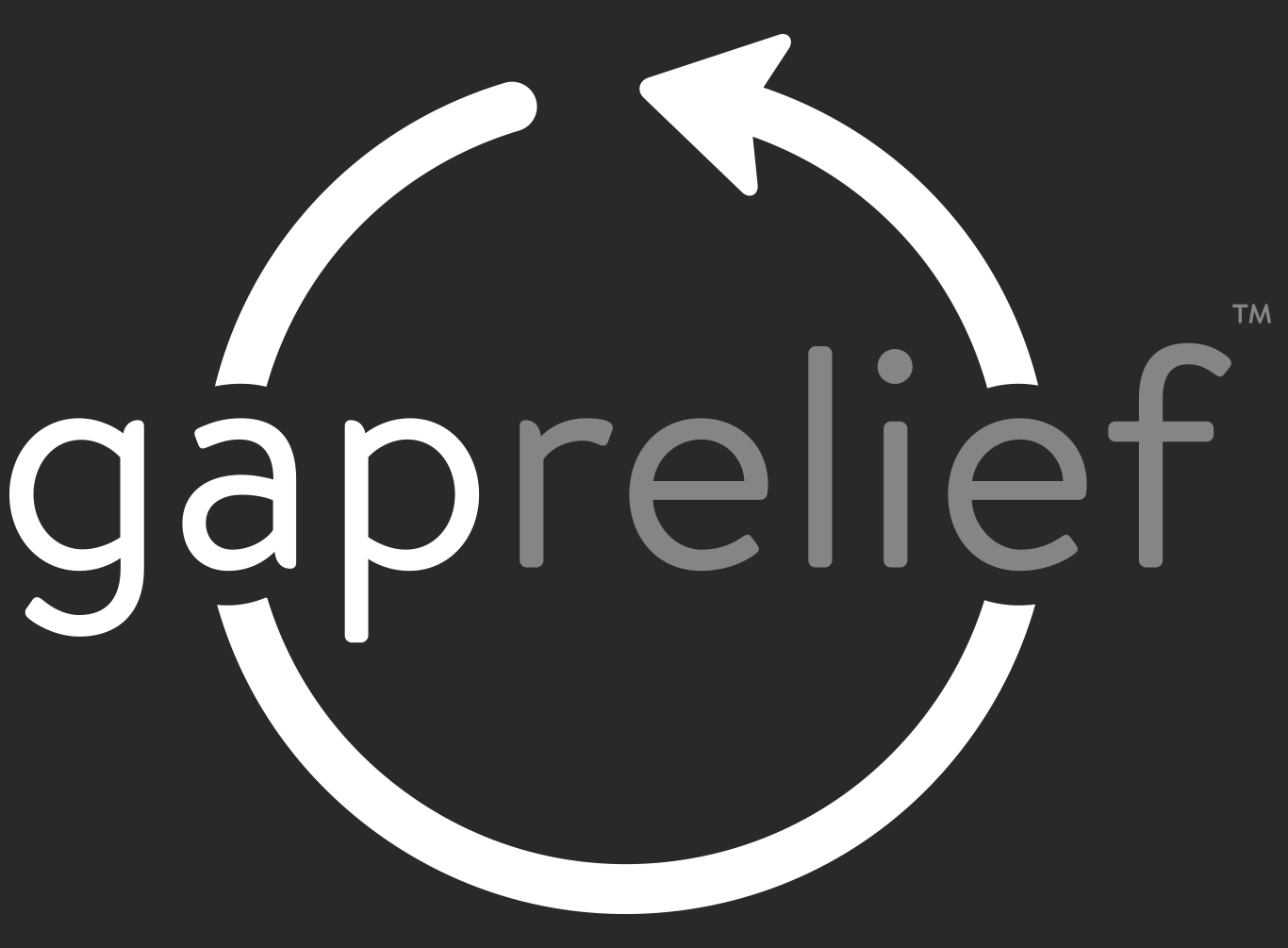What Color is Your Condition?
The United States Military and similar systems often utilize something called Cooper’s Code of Situational Awareness to categorize and better understand what they are currently experiencing within their body, mind, heart, and soul in any given situation.
We also utilize this code in our work at Gap Relief for a couple of reasons:
It often helps to have a visual for our condition. Visuals help us organize, make sense of, and have a picture in our minds of what is going on invisibly inside of us.
It enables us to better communicate this condition to those around us, offering them the ability to hold space for us and stand in the gaps alongside us.
The first of these conditions is Condition White. In condition white our heart rate is stable, there is no awareness of danger around us, and we are able to move through life at rest–without having to be situationally aware.
Next is Condition Yellow. When we start to move through these colors, we start to grow in alertness. We start noticing physiological changes here, especially in our heart rate. We are now walking around situationally aware while our systems are alert and searching for threats.
If we discover a potential threat, we may bump up to Condition Orange. We then begin to gather information about the potential threat and determine if it is valid and whether or not we are in danger.
We then bump up to Condition Red. This is when we have determined that there is a threat and we are in danger and we begin to ENGAGE this threat. We have made a decision and are now responding to the danger, real or perceived.
The next major level is Condition Black. This is where our heart rate reaches its maximum level and we begin to experience some pretty significant physiological symptoms such as tunnel vision and dry-mouth as well as psychological symptoms such as panic attacks and immobilization.
BUT, there is a sneaky level between Red and Black, and that is Condition Gray. This is a condition that often exists because of training and resiliency-building, or extended periods of time where we are living in significant stress or danger. We see this a lot in first responders, healthcare professionals, foster parents, and similar professions. Many helping professionals find themselves consistently engaging danger and stress at high levels–oftentimes where the intensity never really dissipates. They stay alert and ready for threats at all times. Condition Gray is difficult, because the lines between conditions Red, Gray, and Black are extremely thin. So thin, in fact, that it can be difficult for individuals to track when they cross over from one level to the next!
There can be a lot of shame involved when a person who is used to functioning well within Condition Gray is suddenly experiencing symptoms of Condition Black. We at Gap Relief often use these terms to give our helpers words for what they are experiencing.
Personal condition matters greatly in the helper community. Helpers are used to seeing and experiencing hard things, but all humans have limitations and those limitations are good indicators not only of invisible condition, but also of the level to which we are able to safely do our job and help build resilient communities.
We at Gap Relief are here to help the helpers do just that. Helpers’ conditions matter to us! Our goal is to hold up their arms and keep them on the mission about which they are so passionate and uniquely equipped to fight.
We’ve got your back.

